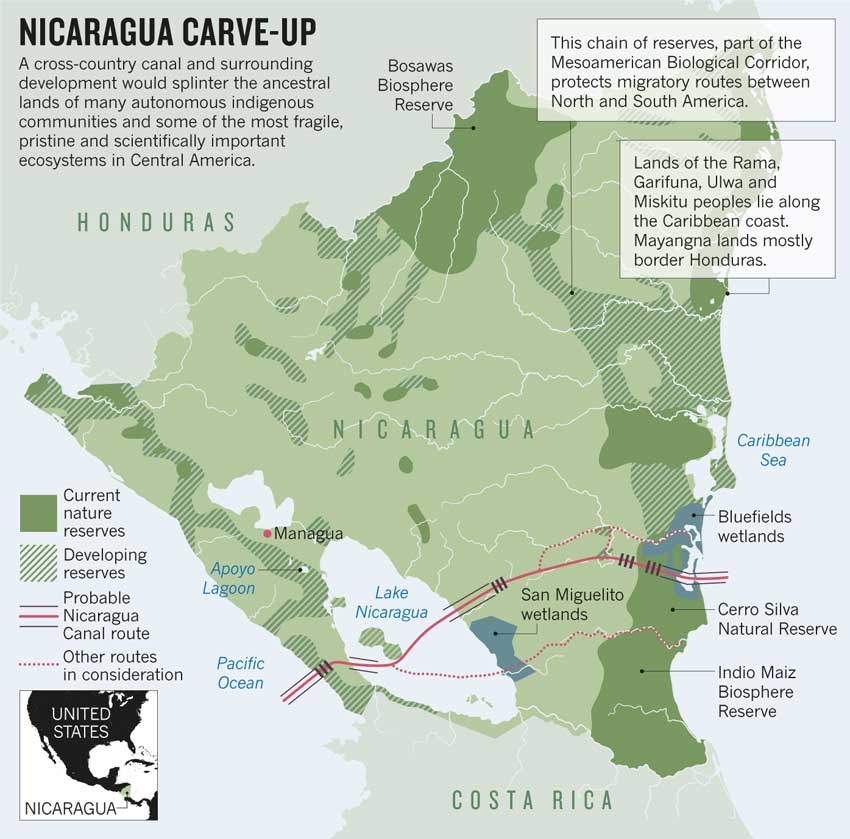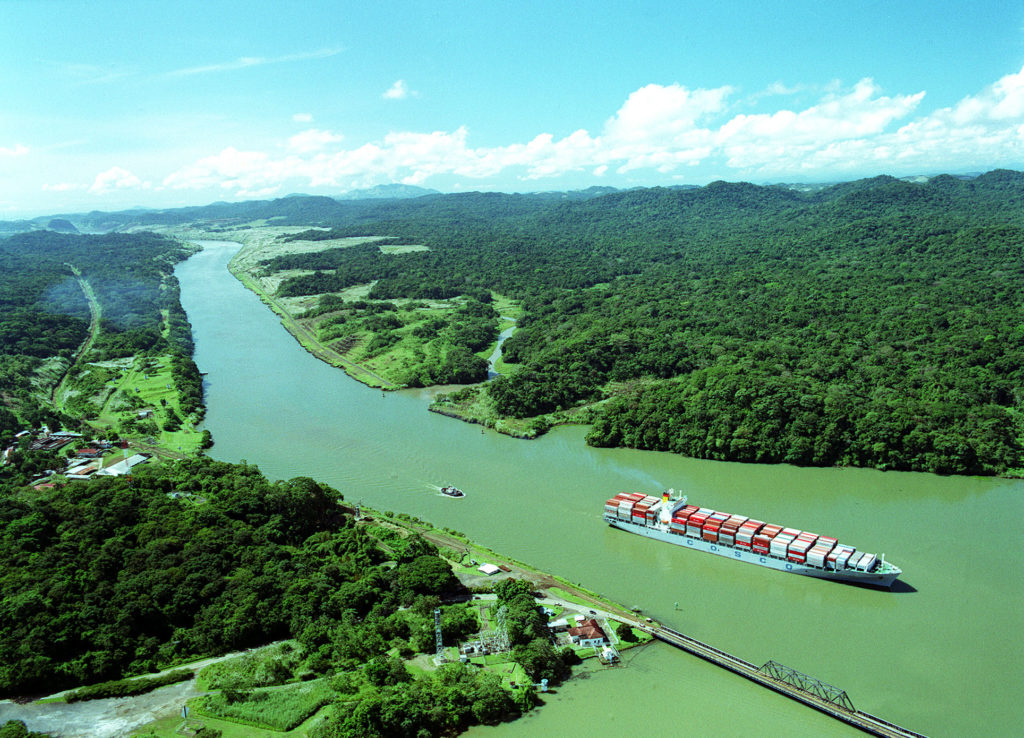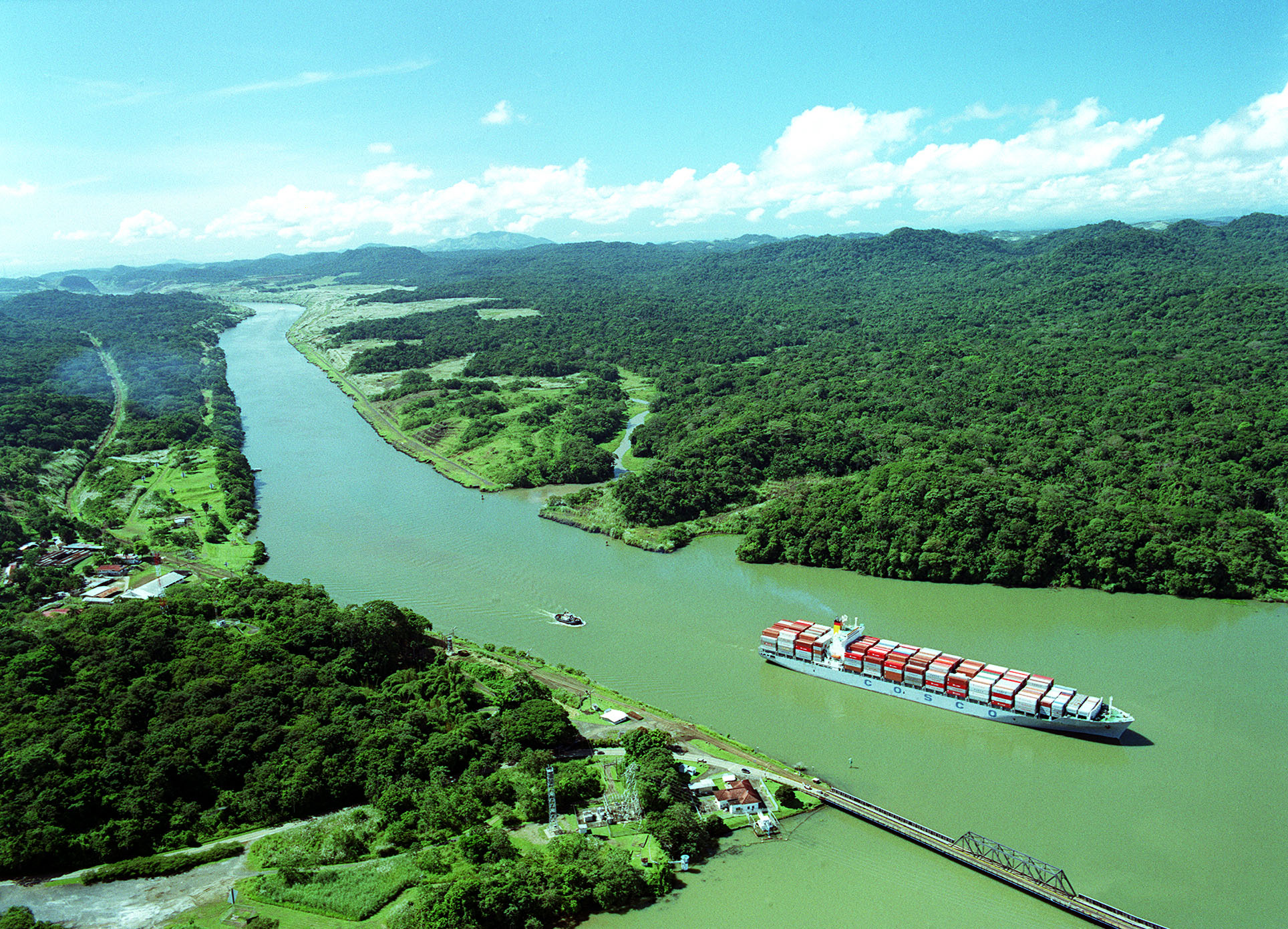On the race for global control by the Chinese through mega-development projects such as the Gran Canal of Nicaragua and the Trans-Amazonian Railway, both with major human rights, ecological, and indigenous sovereignty consequences.
The Nicaragua Canal: Resistance to Dispossession
Excerpt from Tania Paz, Published by Inter-American Association for Environmental Defense (AIDA)
The proposed canal will cross Lake Nicaragua, or Cocibolca, the second largest lake in Latin America. It will cut the country in two to connect the Caribbean Sea and the Atlantic Ocean with the Pacific. At 278 kilometers, it will be three times larger than the Panama Canal.
The project’s estimated cost is 50 billion dollars. More than just the canal, it will include other megaprojects: an airport, highways, a free trade zone, resorts and two ports—one on the Pacific and the other on the Caribbean.
The magnitude of the project will be reflected in the negative impacts it will cause.


Canal construction will directly affect 119,000 people in 13 municipalities, according to Mónica López Baltodano of Fundación Popol Na. She presented this information at a special hearing on March 16, 2015 before the Inter-American Commission for Human Rights. The hearing was requested by 10 organizations from Nicaragua and the multi-national Center for Justice and International Law (CEJIL).
“Our greatest worry is that the exact number of citizens who will undergo a process of expropriation [those who will be displaced from their land] remains a state secret, and there are no plans for relocation or the restoration of living conditions,” López explained.
Azahelea Solís of the Citizens’ Union for Democracy (UCD) added that granting licenses for the project “violates the Constitution of the Republic, various national laws, and more than 10 international environmental treaties signed by Nicaragua.” In addition, the canal was approved in the absence of an environmental impact assessment.
The concession was granted to a single company: the Chinese consortium HKND. In the hearing, Louis Carlos Buob of CEJIL explained that the consortium has exclusive rights to “development” and “operation” of the canal, potentially for at least 116 years. The concession gives them “unrestricted rights over natural resources like land, forests, islands, air, surface and groundwater, maritime space and additional resources that could be considered relevant anywhere in the country.”
The damage to these natural resources is precisely the most worrying thing about the canal. Its construction will impact Lake Cocibolca, the most important fresh water source in Central America. It also “threatens sensitive marine ecosystems in the Caribbean Sea belonging to Colombia and divides in two the Mesoamerican Biological Corridor, a loose network of reserves and other land that stretches from the south of Mexico to Panama, which animals such as the jaguar use to cross Central America.”
Monica Lopez Baltodano, an environmental attorney with the Popol Na civil society group that advocates for indigenous rights, claims that Wang Jing failed to consult with native communities in the path of the proposed canal — a violation of the Nicaraguan constitution. But canal backers say special laws passed by the National Assembly gave HKND the right to build on native lands previously designated as quasi-sovereign. Estimates of how many residents would be displaced by canal construction run from 30,000 to more than 100,000 people. — Yale 360
STORY: Great Canal of Nicaragua: Environmental Ruin and Fiscal Folly


Community Resistance
Those affected by the expropriations have formed the National Council for the Defense of our Lands, Lake and Sovereignty. Through this united front they have expressed their total opposition to the project and have stated that they will not sell their lands for the canal’s construction.
According to the page Nicaragua sin heridas, a citizen’s initiative to disclose information on the project, there have been 41 protests against the project, in which 113,500 people have mobilized across 25 territories in just five months.
The community of El Tule, in the department of Rio San Juan, has become an emblem of the anti-canal fight. The citizens there who will be affected by the project have held marches and rallies. On December 24, they were victims of repression at the hands of the National Police—the crowd was beaten and 33 people, including leaders of the movement, were imprisoned for their protest. In Tule there was no Holy Night, and no Merry Christmas.
Scientists say the damage to Lake Nicaragua could be enormous. One third of the canal’s total length would traverse the lake, whose average bottom of 40 feet would have to be dredged to nearly twice that depth. The digging in the lake and over the rest of the canal’s proposed route would generate an almost unfathomable quantity of mud and dredging spoils — enough to cover the entire state of Connecticut with one foot of dirt. Silt would cloud the lake’s water column, threatening indigenous fish and other species, scientists warn, and invasive species could make their way into the lake along the canal from the Pacific and the Caribbean. — Yale 360
STORY: China’s Latest Earth Assault: Trans-Amazonian Railway
Mega-Projects: A Disastrous Trend
Sadly, the Nicaragua Canal is just one of many projects that gravely affect human rights and the environment in Latin America. In the last 20 years, more than 250 million people have been displaced in the name of “development” for megaprojects, such as dams, or extractive activities, such as mining. [According to a study by the International Network for Economic, Social & Cultural Rights, PDF.]
To read the full article: See AIDA-Americas
For more on the canal’s environmental consequences, click here.










Pingback: TeleSUR or TellaSLUR?: Anti-Zionist News, Anti-Semitic Coordinated Inauthentic Behavior – Ariel Sheen